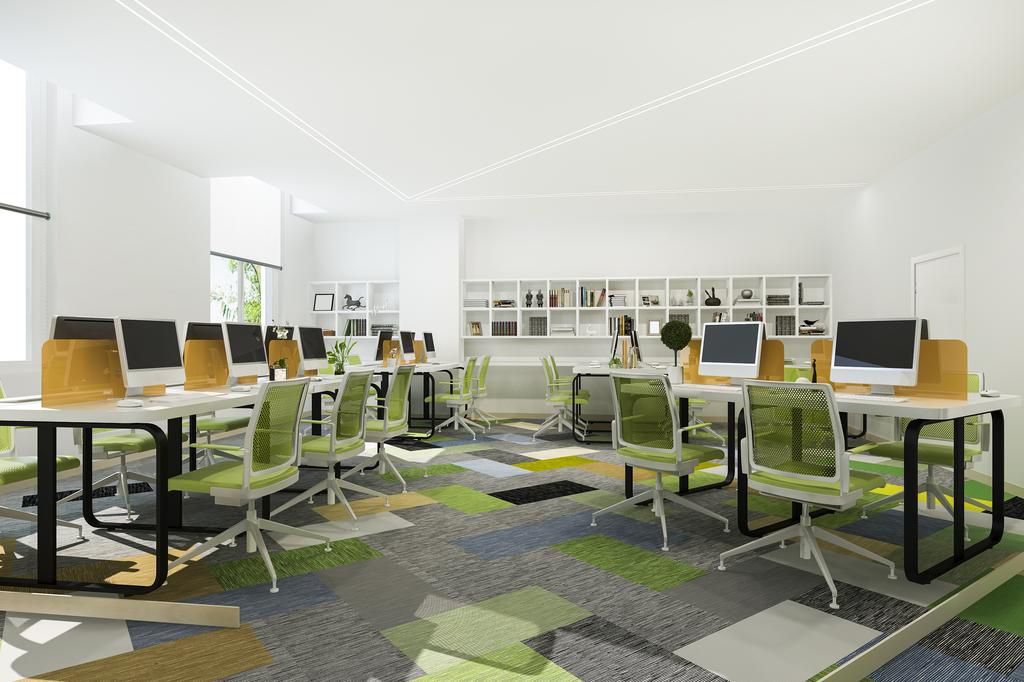Innovation Hubs and Learning Spaces: Role of quality infrastructure in fostering creativity in Nigerian students
)
The surge of interest in innovation and technology in Nigeria and indeed Africa has led many individuals and organizations to focus on fostering creativity and innovation among students.
This has given rise to the importance of investing in quality infrastructure such as innovation hubs and learning spaces. These spaces play a pivotal role in cultivating the creative potential of African students, facilitating collaboration, and enabling access to essential resources.
Innovation hubs and learning spaces are emerging as vital components in nurturing the next generation of thinkers, problem-solvers, and leaders. This article explores how quality infrastructure in the form of innovation hubs and learning spaces plays a pivotal role in nurturing creativity among African students.
The Power of innovation hubs
Innovation hubs are collaborative spaces designed to bring together individuals with diverse skill sets and backgrounds to work on innovative projects, share ideas, and foster a culture of creativity. These hubs provide students with a platform to access resources, mentorship, and networking opportunities that can drive their entrepreneurial ambitions.
1. Access to Resources: Innovation hubs offer students access to cutting-edge technology, equipment, and software that they might not have access to elsewhere. This empowers them to explore their creative ideas without financial constraints and encourages experimentation.
2. Collaboration and Networking: By bringing together students from various disciplines, innovation hubs promote cross-pollination of ideas. Students can collaborate on projects, learn from each other, and gain exposure to different perspectives, fostering a dynamic environment for creativity to flourish.
3. Mentorship and Guidance: Seasoned entrepreneurs, industry experts, and mentors often frequent innovation hubs to offer guidance and share their experiences. This mentorship helps students refine their ideas, develop a strategic approach, and navigate the challenges of turning their concepts into reality.

Learning spaces: Enhancing creativity
Learning spaces go beyond traditional classrooms by providing environments that stimulate curiosity, critical thinking, and hands-on learning experiences. They are designed to cater to different learning styles and encourage students to engage actively with the learning process.
1. Flexible and Interactive Environment: Learning spaces are designed to be flexible and adaptable. They incorporate elements like movable furniture, interactive whiteboards, and technology-enabled tools that allow students to collaborate, share ideas, and engage with course content in innovative ways.
2. Multidisciplinary Approach: Much like innovation hubs, learning spaces often encourage cross-disciplinary interactions. This approach exposes students to diverse viewpoints, helping them connect seemingly unrelated concepts and fostering the generation of novel ideas.
3. Project-Based Learning: Learning spaces often facilitate project-based learning, where students work on real-world problems or projects. This hands-on approach not only enhances their problem-solving skills but also encourages creativity as they explore unique solutions.

Quality infrastructure as a catalyst for creativity
1. Inspiration and Empowerment: Quality infrastructure in the form of well-equipped innovation hubs and dynamic learning spaces inspires students to dream big and pursue their aspirations. When students are in an environment that supports their endeavours, they are more likely to take risks and think outside the box.
2. Cultural Relevance: Spaces that incorporate elements of local culture and address local challenges can provide students with a stronger sense of identity and purpose, ultimately fueling their creative efforts.
3. Global Competitiveness: Investing in quality infrastructure not only benefits students individually but also enhances the global competitiveness of African nations. By fostering a culture of innovation and creativity, these countries can contribute meaningfully to the global economy and technological advancements.
Innovation hubs and learning spaces are emerging as indispensable components of nurturing creativity among African students.
These spaces provide access to resources, mentorship, and collaboration opportunities that are essential for cultivating innovative mindsets. Moreover, the power of quality infrastructure in driving creativity extends beyond individual students—it has the potential to transform economies and contribute to global progress.
As African nations continue to invest in these spaces, they pave the way for a brighter and more innovative future for their students and the entire continent.
---
#FeaturebyInnovationHubsandLearningSpaces
)
)
)
)
)
)